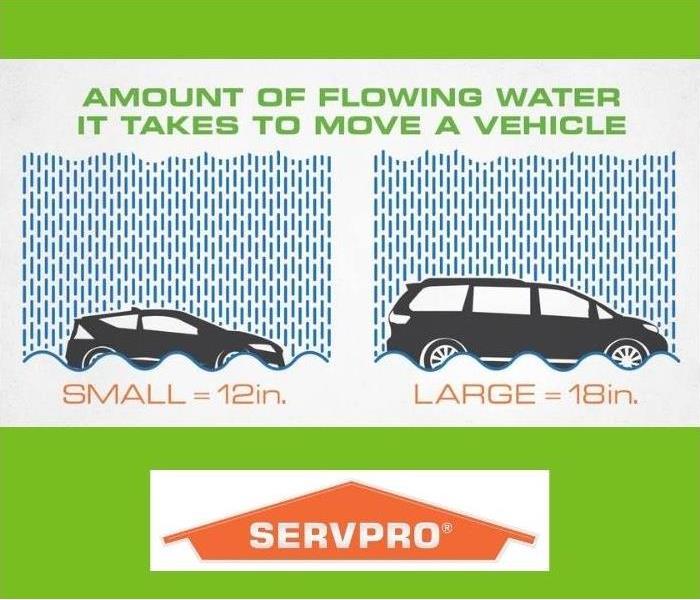Day Two of Hurricane Preparedness Week: Evacuation
5/2/2022 (Permalink)
Day Two Hurricane Preparedness Week: Evacuation Plan
If you live in a hurricane evacuation zone or your area is prone to flooding you may need to leave your home. Also, if you reside in a mobile home and near an evacuation zone you may also need to leave your home. Now is the time to begin planning where you would go and how you would get there.
As hurricane season approaches, listen to local officials on questions related to how you may need to adjust any evacuation plans your local officials.
Do You Know New Jersey’s Coastal Evacuation Routes?
They show the various state roads that have been identified as potential evacuation routes for coastal emergencies in Ocean County such as approaching Tropical Storms or Hurricanes. You can prepare for an evacuation by using a local map to identify the roads you would take to reach these Evacuation Routes from home, work or any place where you and your family spend time.
Remember that all evacuation plans, including the evacuation routes posted are flexible and may change based on the nature of an emergency.
When local, county or State officials order you to evacuate, they will provide specific information about the roads you should take. Police and first responders will be posted in your community to direct traffic and block roads that are unsafe. Click here to find the Ocean County and surrounding coastal evacuation maps from the State of New Jersey Office of Emergency Management.
What Should You Do If Your Evacuation Route Gets Flooded?
Always avoid driving into flooded areas! Remember to “Turn Around, Don’t Drown” is the motto of NJ.gov in the event of bad weather and flooding.
A flash flood occurs within a few hours (usually less than 6 hours) of heavy or excessive rainfall, a dam or levee failure, or the sudden release of water. Flash flood warnings and area-based flood warnings are issued as tropical systems make landfall. Many flash flood fatalities occur at night.
A flood develops more slowly, normally taking more than 6 hours. Area-based flood warnings may continue for days or weeks until flood waters have receded.
Water is very powerful. Six inches of fast-moving water can knock you off your feet. Two feet of rushing water can carry away most vehicles, including SUVs and pickups. Most flooding deaths occur in automobiles.




 24/7 Emergency Service
24/7 Emergency Service
